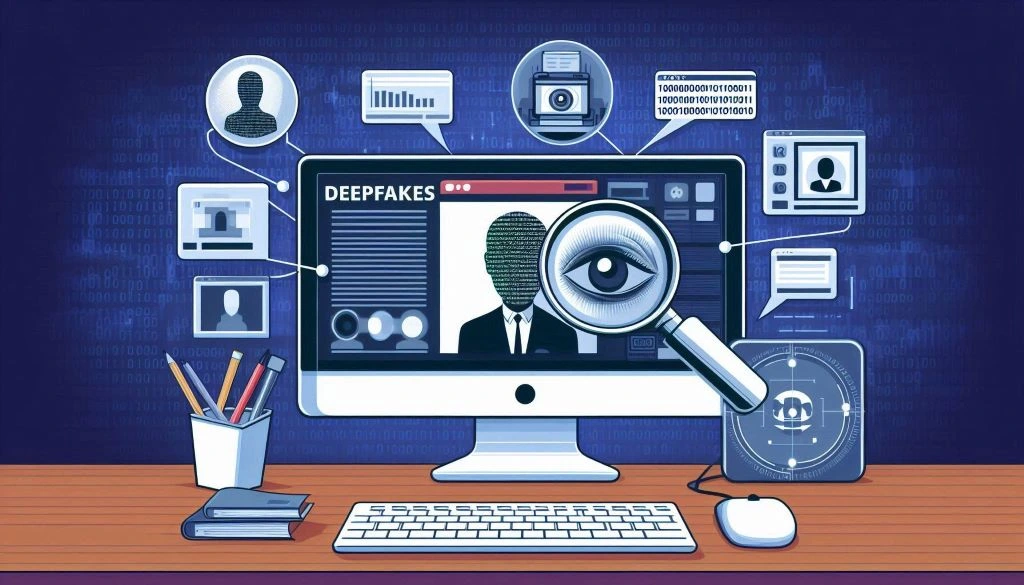
Table of Contents
- Table of Contents
- What is Ransomware?
- 1. Keep Your Software Up-to-Date
- 2. Use Strong Antivirus and Anti-Malware Solutions
- 3. Use Backup and Recovery Solutions
- 4. Limit User Privileges and Use Least Privilege
- 5. Train Users to Avoid Phishing Attacks
- 6. Implement Network Segmentation
- 7. Monitor for Suspicious Activity
- 8. Use Next-Generation Firewalls and Intrusion Detection Systems
- 9. Implement Incident Response Planning
- 10. Stay Informed and Vigilant
Table of Contents
What is Ransomware?
Ransomware, a type of malware that encrypts a victim’s files and demands a ransom in exchange for the decryption key, has become a major concern for individuals and organizations alike. With the rise of ransomware attacks, it’s crucial to adopt effective prevention strategies to protect against these threats. In this article, we’ll explore the top ransomware prevention strategies that can help you prevent ransomware attacks and keep your data safe.
1. Keep Your Software Up-to-Date
Outdated software and operating systems are often vulnerable to exploitation by ransomware. Keeping your software up-to-date with the latest security patches and updates can help protect against known vulnerabilities. This includes:
- Regularly updating your operating system, browser, and other software
- Enabling automatic updates whenever possible
- Disabling unnecessary features and services to reduce the attack surface
2. Use Strong Antivirus and Anti-Malware Solutions
Antivirus and anti-malware software can detect and block ransomware attacks. Look for software that:
- Has a good reputation and detection rate
- Offers real-time protection and automatic updates
- Can detect and remove malware, including ransomware
3. Use Backup and Recovery Solutions
Regular backups can help restore your data in the event of a ransomware attack. Consider using:
- Cloud-based backup solutions for automatic and off-site backup
- External hard drives or NAS devices for secure and off-site storage
- Versioning and restore capabilities to ensure data integrity
4. Limit User Privileges and Use Least Privilege
Granting users excessive privileges can increase the risk of a ransomware attack. Consider:
- Limiting user privileges to only what’s necessary for their job function
- Using least privilege access controls to restrict user access
- Implementing role-based access control to restrict access to sensitive data
5. Train Users to Avoid Phishing Attacks
Phishing attacks are a common vector for ransomware. Educate your users to:
- Be cautious of suspicious emails and attachments
- Avoid clicking on links or opening attachments from unknown sources
- Use strong passwords and two-factor authentication
6. Implement Network Segmentation
Network segmentation can help contain a ransomware attack to a specific part of the network. Consider:
- Segmenting your network into different zones and VLANs
- Isolating sensitive data and applications
- Implementing network access controls to restrict access
7. Monitor for Suspicious Activity
Regularly monitoring for suspicious activity can help detect ransomware attacks early on. Consider:
- Using security information and event management (SIEM) solutions
- Implementing endpoint detection and response (EDR) solutions
- Monitoring system logs and event logs for suspicious activity
8. Use Next-Generation Firewalls and Intrusion Detection Systems
Next-generation firewalls and intrusion detection systems can detect and block ransomware attacks. Look for solutions that:
- Offer advanced threat detection and prevention capabilities
- Can detect and block ransomware attacks in real-time
- Offer analytics and reporting capabilities to aid in incident response
9. Implement Incident Response Planning
Having an incident response plan in place can help minimize the impact of a ransomware attack. Consider:
- Developing a plan for responding to ransomware attacks
- Establishing a crisis management team
- Conducting regular tabletop exercises to test incident response procedures
10. Stay Informed and Vigilant
Ransomware threats are constantly evolving, so it’s essential to stay informed and vigilant. Consider:
- Staying up-to-date with the latest ransomware threats and trends
- Participating in threat intelligence sharing initiatives
- Engaging with security experts and researchers to stay informed about the latest threats
By implementing these top ransomware prevention strategies, you can significantly reduce the risk of a ransomware attack and protect your data from the devastating consequences of a breach. Remember, prevention is the best cure – don’t wait until it’s too late to take action.



